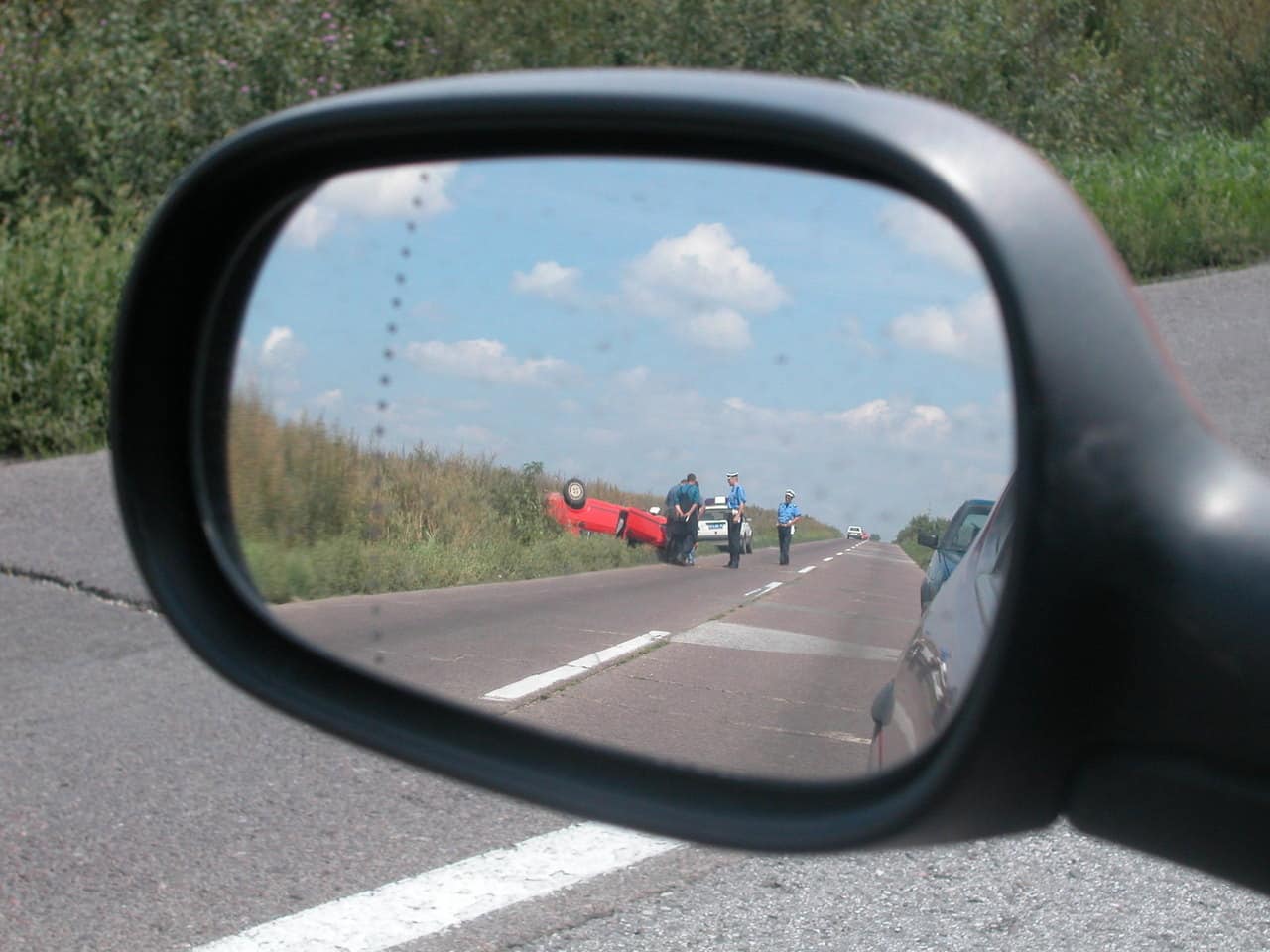
Your eyes glance up at your rear-view mirror and you spot another vehicle following you a little too close for comfort. “Get off my tail!” you mutter in mild annoyance, wondering if that car or truck will be able to react in time if you’re forced to suddenly slow down or stop.
It turns out your worries are well founded. Recent studies on car accidents in Ontario suggest too many drivers are not leaving enough space between themselves and others on the road. According to 2016 statistics, more than one in four collisions involve a car being rear-ended, while collisions occurring while passing through intersections or turning were almost as common. Unfortunately, the number of collisions is increasing.
In this blog post, I review the most common causes of car accidents on Ontario roadways and offer some tips to make our roadways a safer place and increase the odds that you won’t be at fault if you do have the misfortune of becoming one of these statistics.
Common Causes of Car Accidents
It’s been said that to err is human – and human error is by far the most common cause of car accidents. Driver errors that often result in accidents include:
- failing to come to a complete stop at an intersection;
- misjudging the speed of other vehicles on the road or your ability to make a stop, turn or merge in time;
- over-correcting in response to factors such as poor road conditions or the actions of other drivers;
- distracted driving; and
- hazardous actions such as speeding or weaving through traffic.
While driver error is the biggest factor contributing to car accidents, other issues can play a role too. These include:
- Road conditions – roads that are in poor repair can make steering and stopping more difficult.
- The weather – sleek and slippery road surfaces from ice, snow and rain, and conditions like fog or white outs that limit visibility also make driving more challenging and dangerous.
- Mechanical issues – cars in need of mechanical repairs such as new brake pads, steering column adjustments, or vehicles with broken lights, windows or mirrors also increase the likelihood of accidents.
It is important to remember that as the operator of the vehicle, you must make every effort to ensure that you drive according to prevailing conditions and keep your vehicle in a good state of repair.
Limit Your Chances of Making an Error
Even if you have an accident-free driving record, mistakes can and do happen all the time. Perhaps, as driverless cars become a reality, driver error will become a thing of the past. Until then, here are a few tips to reduce your risk of making a driver error. These tips will also help to improve the odds that you will be able to prevent a collision if you do make an error.
Leave Adequate Room
Defensive driving experts suggest adopting the three-second rule when following another vehicle on the road in normal conditions on city streets. Pick a stationary landmark like a tree that the car in front of you is about to pass. Count to three slowly. If you pass the landmark before you finish counting, slow down a bit as you are following too closely. This rule should be adjusted depending on the speed limit and weather conditions, but it will give you a guide to ensure that you leave appropriate space to slow down, stop, or avoid a hazard in front of you. Also, when stopping behind another car, be sure you can see the bottom of their rear tires. If you are rear-ended, leaving this amount of space will lessen the chance of a chain reaction.
Multitasking is a Myth
The human brain cannot undertake two important actions at the same time. At best, it can microtask (switching quickly between two or more tasks); but this simply reduces how effectively we handle each task. When you’re operating a vehicle, your full attention should be devoted to the task at hand. If you need to focus on something else, such as reading a map, eating, or checking on a child in the rear seat, pull over when it is safe and take a break.
Get Enough Rest
It is well known that consuming alcohol or drugs can severely diminish a driver’s reaction time and their ability notice important road hazards. Impaired driving increases the likelihood of a car accident. But, did you know that sleep-deprived drivers have a comparable risk? It is important to get at least seven hours of sleep each day and exercise extreme caution if you’ve recently had limited or poor sleep. Remember, friends don’t let friends drive drunk… or drowsy.
Summing Up
Driving defensively can help to protect you and your family. While you can do your part to reduce your risk of making an error that results in a car accident, you can’t control what others choose to do on the road. Fortunately, if you are injured in a car accident in Ontario, you will qualify for certain accident benefits to assist you in recovering from your injuries, regardless of who is at fault. If another driver’s error caused you harm, you may be eligible to receive compensation for your injuries and losses.
Remember to buckle up, stay alert and, if possible, drive a vehicle that has been highly rated for its safety features and crash resistance.
If you’ve been involved in a car accident and have questions about the process to obtain benefits or other compensation, please contact personal injury lawyer Adam Wagman at adamwagman@hshlawyers.com or 416-361-0988.






